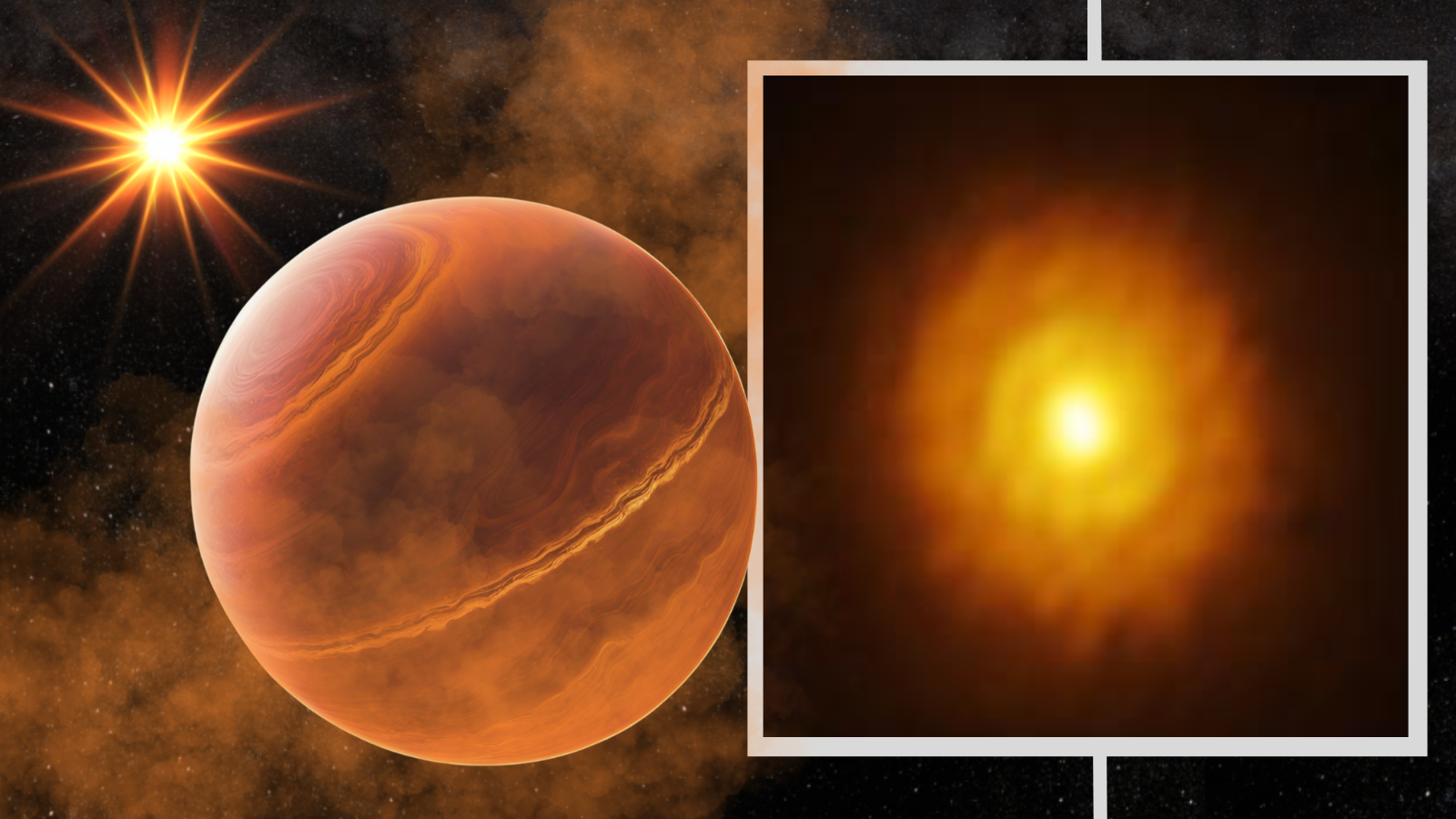Transylvanian skeletons found with urns from the afterlife placed on their heads
Neolithic and Celtic settlements were found by the cemetery.

Skeletons excavated from a 6,000-year-old Transylvanian cemetery were buried in an usual manner; the deceased had urns placed over their skulls or feet, likely as offerings for the afterlife.
Archaeologists recently found the unique burials during an excavation ahead of a construction project in Cluj-Napoca, the historic capital of Transylvania. Although archaeologists don't know exactly what the urns contained, it's likely that they held food or drink — basically, nourishment that could be consumed by the dead during their passage to the next world, according to the prevailing guess among archaeologists.
The site, a more than 10,000-square foot (930-square meters) area containing numerous graves, was discovered by two distinct settlements: one from the Neolithic, or New Stone Age, dating to 6,000 years ago and a later, Celtic settlement that was built on top of it 2,200 years ago.
Related: Real-life 'Game of Thrones' tale told in medieval scroll
Follow-up analyses will reveal the sexes of those in the burials, as well as how old they were and whether they had any diseases.
"Their story must be told, revealed, through such excavations," Paul Pupeză, an archaeologist at the National Museum of Transylvanian History who helped excavate the remains, told gherlaininfo.ro, a Romanian-based news site. "By learning more about them, we will know more about ourselves. We are the first to get our hands on these fragments, after thousands of years."
The Neolithic settlement was a fairly sophisticated one. For instance, the researchers uncovered traces of wooden walls that the Stone Age inhabitants used to fortify their homes — with wealthier individuals having more fortifications. Archaeologists also unearthed a pit used to store food, which later became a landfill.
Get the world’s most fascinating discoveries delivered straight to your inbox.
The Celts at the site, in contrast, had different burial techniques. Nowadays, Celtic history in popular culture is mainly known from France, the United Kingdom and Ireland, but their tribes were spread across Europe in ancient times, occupying lands as far east as modern-day Turkey, Live Science previously reported. In Transylvania, the Celts did not leave any skeletal remains behind. Instead of burying their dead, Celtic tribes would incinerate them and inter their remains in large urns. The urns were then buried in the ground alongside offerings, such as iron wrought goods.
Burial gifts of food were common among ancient peoples, and evidence suggests that even some of those who were ritually sacrificed were fed a specially prepared final meal before meeting their demise. The so-called "Tollund man," whose body was found preserved in a Danish bog since 400 B.C., ate a specially prepared meal of porridge and fish before being hanged, Live Science previously reported.
Originally published on Live Science.

Ben Turner is a U.K. based staff writer at Live Science. He covers physics and astronomy, among other topics like tech and climate change. He graduated from University College London with a degree in particle physics before training as a journalist. When he's not writing, Ben enjoys reading literature, playing the guitar and embarrassing himself with chess.
